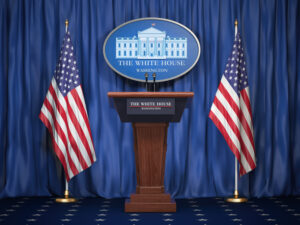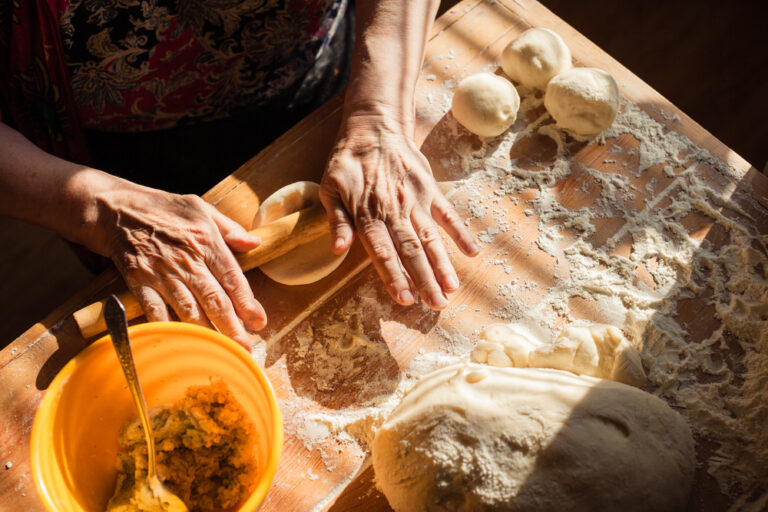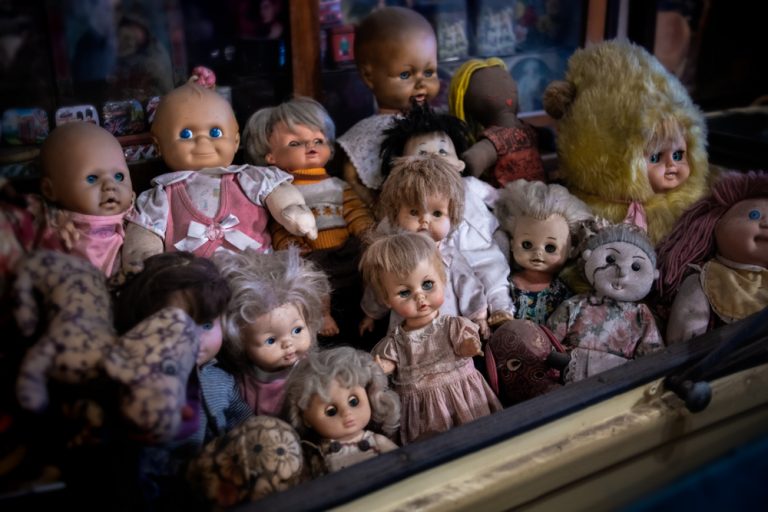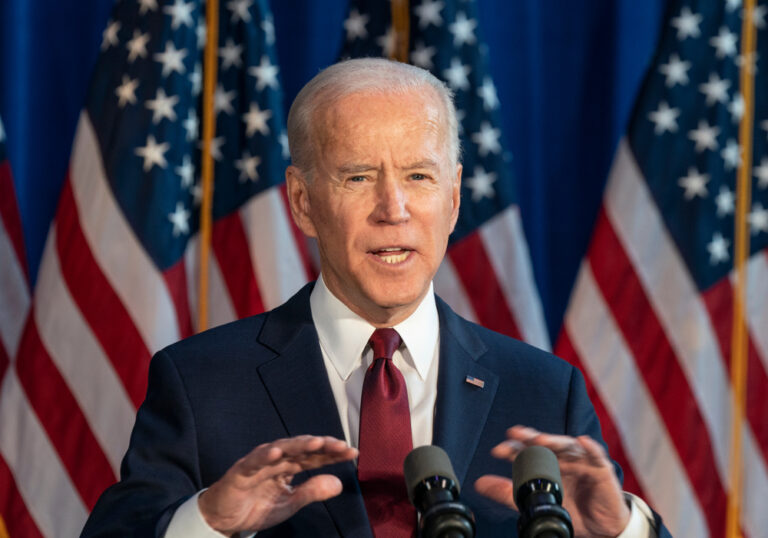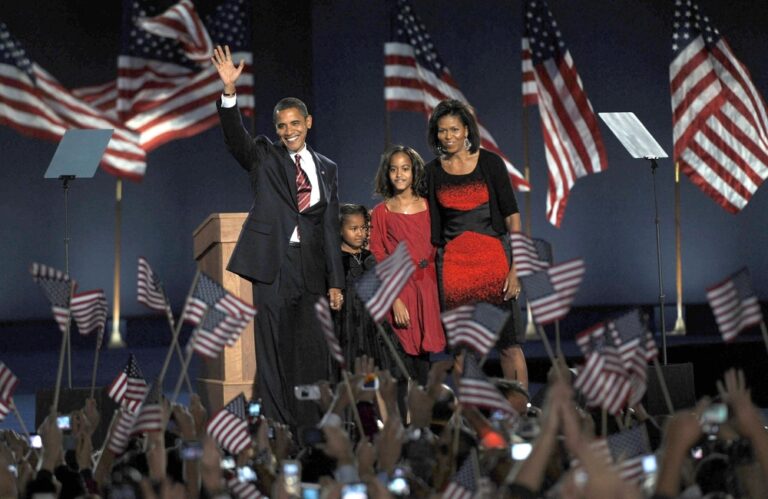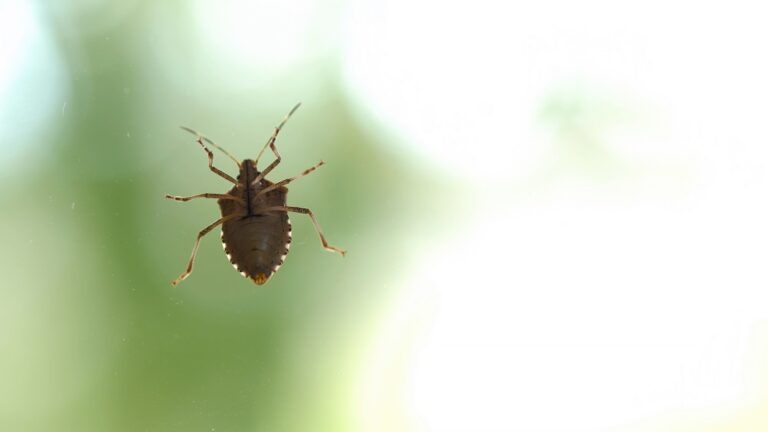
With the coronavirus pandemic still making it’s way around the globe, many governments are still asking their citizens to stay indoors. With today’s many forms of entertainment, you’d be hard pressed not to find something to keep you and your significant others amused for a couple of hours.
However, instead of Neflixing and chilling or readying yourself to go into battle in Call of Duty, why not take a trip down memory lane and play some of the old classics. Perhaps you could teach your children or grandchildren about the games you used to play when you were their age.
So here’s a quick history lesson on the origins of some classic board games. You can even click the links and buy the latest version of your oldest favorite.

Monopoly
First published by Parker Brothers in 1935, Monopoly, defined as the domination of a market by a single entity, has become a worldwide phenomenon. Licensed locally in more than 103 countries and printed in more than 37 languages, it’s estimated to have been played by over half a billion people, making it the most popular board game in the world with over 250 million.
It started life as The Landlord’s Game created by Lizzie Magie in the United States in 1903 as a way to demonstrate that an economy which rewards wealth creation is better than one where monopolists work under few constraints. Which was certainly the case at the time as the likes of John D. Rockefeller and J. P. Morgan wielded incredible power and influence, hence why the game got it’s name.
Magie also created the game as a way to promote the economic theories of American political economist and journalist, Henry George, especially his ideas about taxation outlined in his widely popular 1879 book Progress and Poverty. Parker Brothers would eventually be absorbed into Hasbro in 1991 and Monopoly is still going strong today, spawning many iterations from Star Wars to bass fishing.
Buy the latest version of Monopoly here
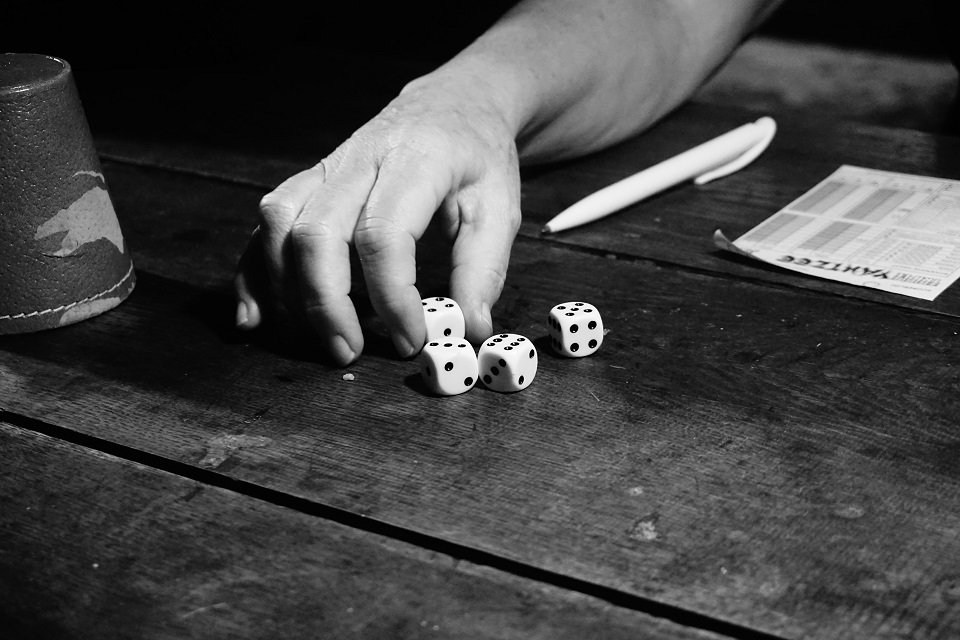
Yahtzee
Yahtzee would start its long and illustrious life in 1954 as The Yacht Game invented by a wealthy Canadian couple whose names have been lost to history. Originally just called “The Yacht Game”, the couple would play this dice game with their friend onboard their yacht, hence the name. So popular was this game with their friends that two years later the couple decided to approach Edwin S. Lowe to manufacture sets that they could give to their friends.
Lowe was already a toy and game entrepreneur, making his fortune selling Bingo sets in the 1920’s, immediately recognized the potential of this dice game. So Lowe acquired the rights to the game for the price of the first 1,000 games sold and gave it the name we know today, Yahtzee. Although not an initial success due to its seemingly complicated method of scoring, the game would increase in popularity through word of mouth and when people starting holding ‘Yahtzee parties’
In 1973 Lowe’s company would sell the rights to The Milton Bradley Company (MB Games) and then 11 years later Hasbro Inc would purchase MB in September 1984 and retain the rights to this day. It has been a sound investment as 50 million Yahtzee games are sold annually and Hasbro estimates 100 million people play the game on a regular basis.
Buy the latest version of Yahtzee here

Sorry!
Although the game Sorry! has a long history, being around for 91 years at this point, its origins can be traced back to an ancient Indian cross and circle board game called Pachisi. It would be introduced to western audiences when Sorry! was trademarked on May 21, 1929, by William Henry Storey, a game designer and printer from Southend-on-Sea, Essex, England.
One year later Storey would file a patent for his game in the U.S. on 4 Aug 1930, a patent for Canada would soon follow in 1932, and the patent was given 3 years later on 1 April 1933, but it would be 1934 when Sorry! really took off on both sides of the Atlantic.
That year would be a great one for Storey as his board game would be bought, produced and sold by British games manufacturer Waddingtons, and at the same time, American toy and game manufacturer Parker Brothers would also publish his game. When Parker Brothers became a subsidiary of Hasbro in 1991, they continued to this day to manufacture and sell Sorry!
Buy the latest version of Sorry! here

Scrabble
In 1933, American architect Alfred Mosher Butts would invent a word game called Lexiko, which would use a set of letter tiles. In 1938 he would add the now familiar 15×15 gameboard and the crossword-style gameplay and renamed it Criss-Crosswords. After manufacturing a few sets himself, he tried touting his new game to many of the major game manufacturers of the day, but was ultimately unsuccessful in garnering any interest.
In 1948, one of the owners of the Criss-Crosswords games, James Brunot, approached Butts and offered to buy the rights from him in exchange for royalties on any games he sold, to which Butt agreed. Brunot would make his own contribution to the game by slightly rearranging the premium squares on the board, simplifying the rules and giving its iconic name, Scrabble, which actually means ‘to scratch frantically’.
The following year he and his family would manufacture 2,400 sets in a converted former schoolhouse in Dodgingtown, Connecticut, a section of Newtown, but they would have to wait for the game to take off. As the story goes, that would happen in 1952 when then president of Macy’s department store, Jack Straus, would play the game while on vacation and fall in love with it. After returning to work he realised that his store didn’t stock the game so he placed a large order with Brunot.
Unfortunately for Brunot he was unable to meet this new demand, so he sold the manufacturing rights to a company who had previously rejected the game, Selchow and Righter. Harriet T. Righter licensed the game from Brunot and in only it’s second year on the market, it would sell almost four million sets. Two years later, they were selling sets in both Australia and the UK. The company would go on to purchase the games trademark in 1972.
By 1986 Selchow and Righter would be bought by toy company Coleco Industries, who only two years later would file for bankruptcy. Hasbro would come in and purchase their assets, which included Scrabble, where it remains today. Although Hasbro manufacture the game within the U.S. and Canada, rival toy company Mattel manufacture everywhere else.
The game is sold in 121 countries and is available in 29 languages. Approximately 150 million sets have been sold worldwide, and it’s estimated that one-third of American and half of British homes have a Scrabble set. There are approximately 4,000 Scrabble clubs around the world.
Buy the latest version of Scrabble here
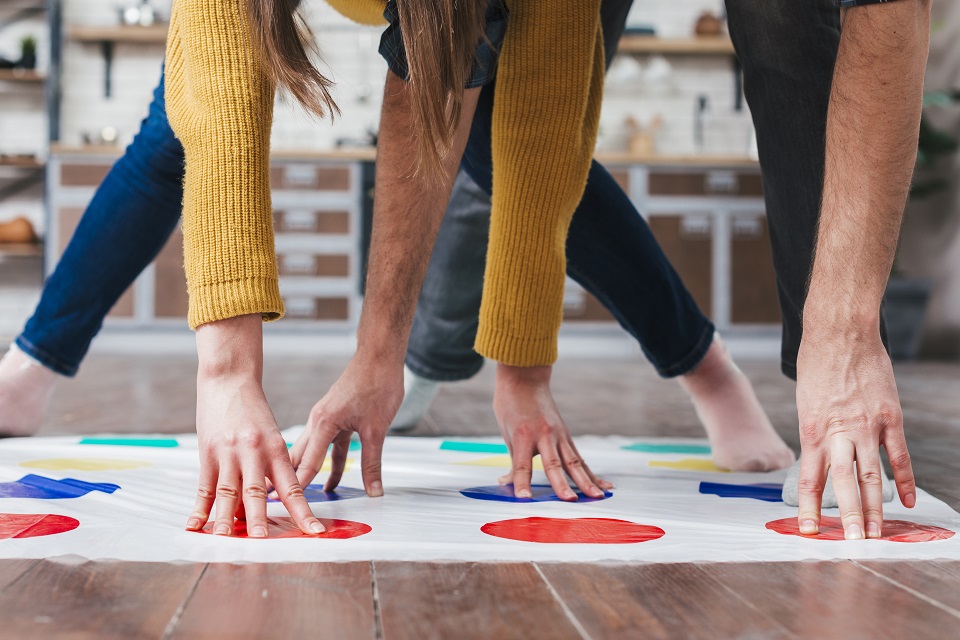
Twister
In 1964, while working on a promotional display for Johnson’s shoe polish company, inventor Reynolds Guyer and his son Reynolds Jr. wanted to design a game where people would act as the pieces. With that in mind, they came up with a polka dot mat and called the game ‘Pretzel’ (although it was called “Kings Footsie” first), testing it out on a group of office workers and splitting them into two teams.
He presented his idea to the 3M Company in his hometown of Saint Paul, Minnesota, but they rejected the idea. Enter Charles Foley, an already accomplished toy designer for Lakeside Industries in Minneapolis, who Guyer Snr. And Jr. hired to develop this idea (and others). Foley then hired Neil Rabens, an equally accomplished product design artist and together they would create ‘a party game’.
It was Rabens idea to utilize a colored mat, allowing people to interact with each other, in a game idea he had developed while a being student in design school. It was Foley who would line the dots up in rows, create the spinner and the idea of players calling out hands and feet. With the approval of Reyn Guyer Sr. and Jr., the two men submitted for patents and trademark rights.
In 1966, Foley, who was already well known in the industry, enlisted the help of his friend Mel Taft, who at that time was the Senior Vice President of board game manufacturer Milton Bradley, who, after a presentation of the game loved the idea and changed the name to Twister.
Twister would find both major success and a bit of controversy when on May 3, 1966, talk show host Johnny Carson would play against actress Eva Gabor on his wildly popular The Tonight Show. The controversy would come due to the fact that this was the first American game to use human bodies as playing pieces and their competitors accused Milton Bradley of selling ‘sex in a box’. Regardless of the controversy, the day after the show, people lined up around the block to buy it.
Buy the latest version of Twister here
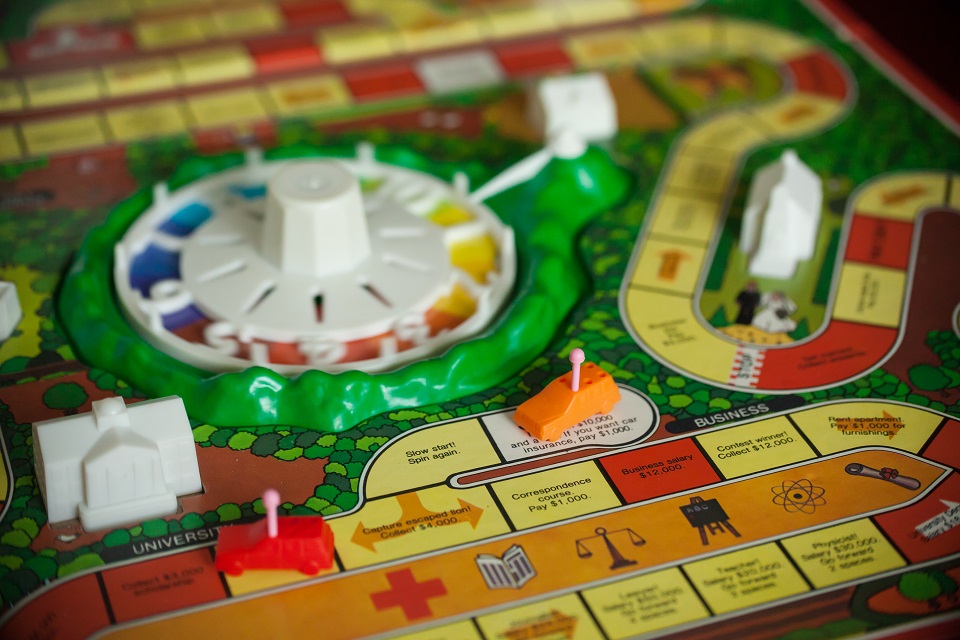
The Game of Life
The oldest game on our list, The Game of Life was originally conceived and created in 1860 by Milton Bradley. Bradley decided to move into board game production after suffering a massive failure when he printed and sold an image of the then little known Republican presidential nominee Abraham Lincoln. The problem came when Lincoln decided to grow his famous beard, making Bradley’s reproduction appear to be an inaccurate representation.
Looking for a new venture, Bradley was inspired when a friend gave him an imported board game. Believing he could create a version of his own for an American audience, that winter he created The Checkered Game of Life. Many historians credit this as the launching of the board games industry as it would become America’s first popular parlor game, selling 45,000 copies in just it’s first year.
The game was originally conceived as a modified checkerboard and instead of using dice, which were associated with gambling, players used a six-sided top called a teetotum. Like most games of the 19th century, it came with a strong moral message as a person’s travels through his or her life, from college to retirement, with jobs, marriage, and possible children along the way. The object is to land on ‘good’ squares.
100 years later in 1960 the modern Game of Life was created by inventor Reuben Klamer and game designer Bill Markham. Introducing the circuitous game track which, in your plastic automobile, the player passes along, over, and through small mountains, buildings, and other features, as little pink and blue peg ‘people’.
The Milton Bradley Company would copyright this version of The Game of Life in 1963 with popular radio and television personality Art Linkletter serving as its spokesman. It is now part of the permanent collection of the Smithsonian’s National Museum of American History and an inductee into the National Toy Hall of Fame.
Buy the latest version of The Game of Life here
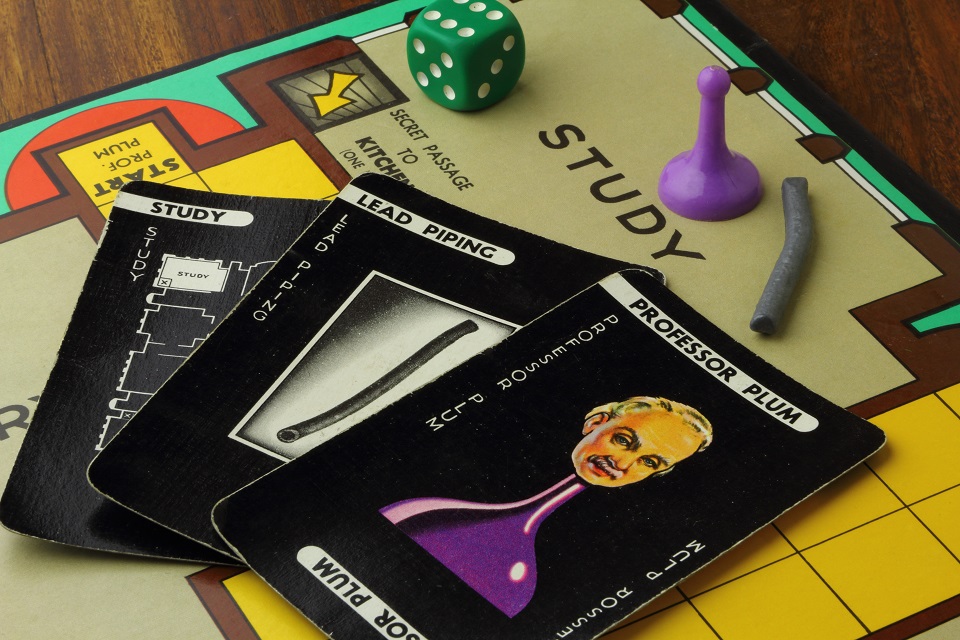
Cluedo/Clue
In 1944, English musician Anthony E. Pratt and his wife Elva patented their murder/mystery-themed game ‘Murder!’ He was inspired by the party game Murder! during which guests would roam the house, creeping up on one another in corridors and the victim would shriek and then fall over. However, as it was the Second World War, there were many blackouts. Making that game rather harder to play. So, instead he devised a boardgame.
This original game would be slightly different from the one we know today. It had ten characters, one of whom was to be designated the victim by random drawing prior to the start of the game. These ten included the now defunct Mr Brown, Mr Gold, Miss Grey, and Mrs Silver. Characters initially called Nurse White and Colonel Yellow were renamed Mrs White and Colonel Mustard. Originally there were actually eleven rooms, including the gun room and cellar with a few extra weapons from the ones we know today, such as a bomb, syringe, shillelagh (walking stick/cudgel), fireplace poker, and the later used ax and poison.
Soon after he approached Norman Watson, an executive at Waddingtons, the publisher of card and board games, who loved the idea, bought it and changed the name to Cluedo, mixing the word ‘clue’ and ‘ludo’ the Latin for ‘I play’. Unfortunately, although the patent was granted in 1947, due to the post-war shortages, it would be two more years before the game would be launched in 1949. That same year it was licensed to Parker Brothers in the US where it would be know as just Clue.
Since it was first published in 1949, the game has never been out of print and is still popular today. Sadly, Waddingtons did not have the same longevity as the games division of the company was sold to Hasbro in 1994. The Wakefield Road factory that manufactured Cluedo and many other games as far back as the 1920s, was closed and demolished in the early 1990s.
Buy the latest version of Cluedo/Clue here




